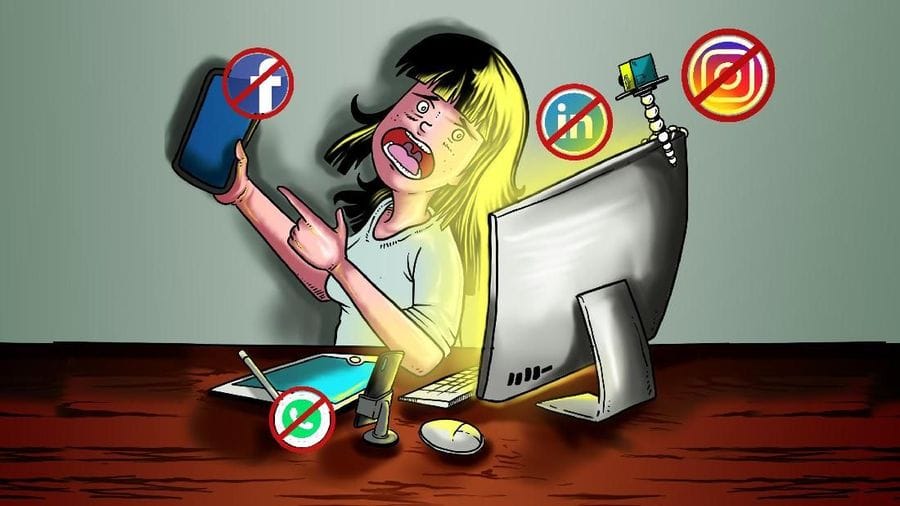Beijing – China’s manufacturing sector has suffered its sharpest contraction in years as renewed trade tensions with the United States intensify. The latest data highlights the growing toll of tariffs introduced during Donald Trump’s administration, now reignited in a fresh phase of economic confrontation.
April’s manufacturing Purchasing Managers’ Index (PMI) dropped to 47.8, marking the third consecutive month of decline and the lowest reading since 2022. The drop reflects shrinking new export orders and weakening factory output, with industry officials citing rising costs and global uncertainty.
The downturn comes as the US implements a new wave of “reciprocal tariffs” targeting Chinese goods, many of which were already subject to levies under the previous trade war. These measures, according to American officials, aim to pressure Beijing into policy concessions—particularly around tech transfer and state subsidies.
While Chinese authorities have responded with pledges of support for small and medium manufacturers, analysts say the impact of tariffs has already rattled confidence across industrial hubs like Guangdong, Zhejiang, and Jiangsu.
The slowdown is reverberating across Asia, affecting supply chains that extend from Malaysia and South Korea to Vietnam. Several regional economies, previously buoyed by China’s manufacturing muscle, are now bracing for ripple effects as production slows and global demand softens.
Chinese officials blamed the tariffs for what they called “external suppression,” adding that the nation remains committed to reform and opening-up. However, businesses on the ground report a more complex reality, where margin pressures and logistical bottlenecks have become daily concerns.
Investors are also reacting, with regional stock markets showing signs of volatility. The Chinese yuan has come under renewed pressure, while equity markets in Tokyo, Seoul, and Jakarta registered losses amid fears of further trade fragmentation.
The latest figures underscore the fragility of the post-pandemic recovery in Asia’s industrial sector. As geopolitical tensions drive economic policy, the manufacturing slowdown may be just the first sign of broader structural shifts across the region.









